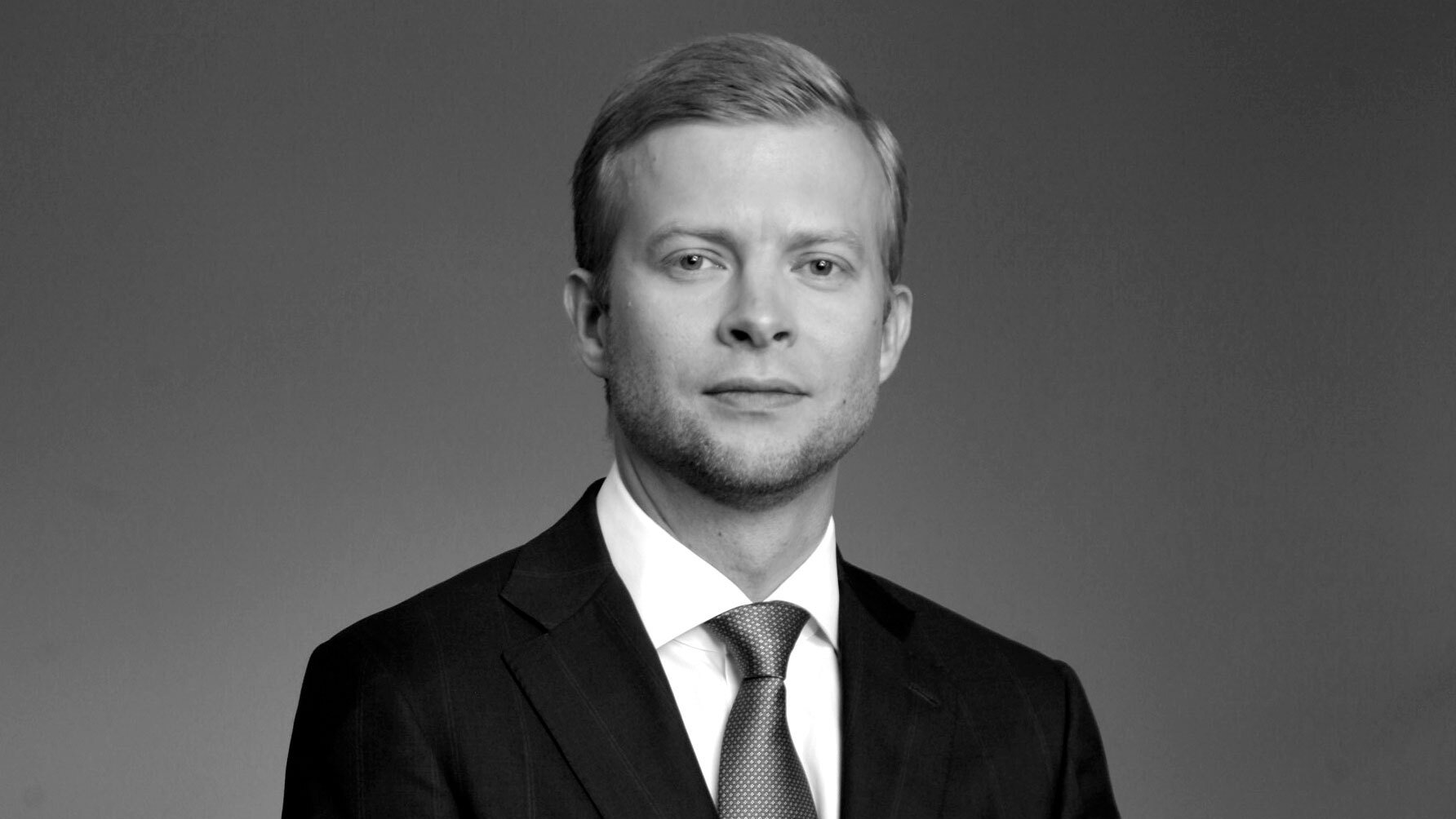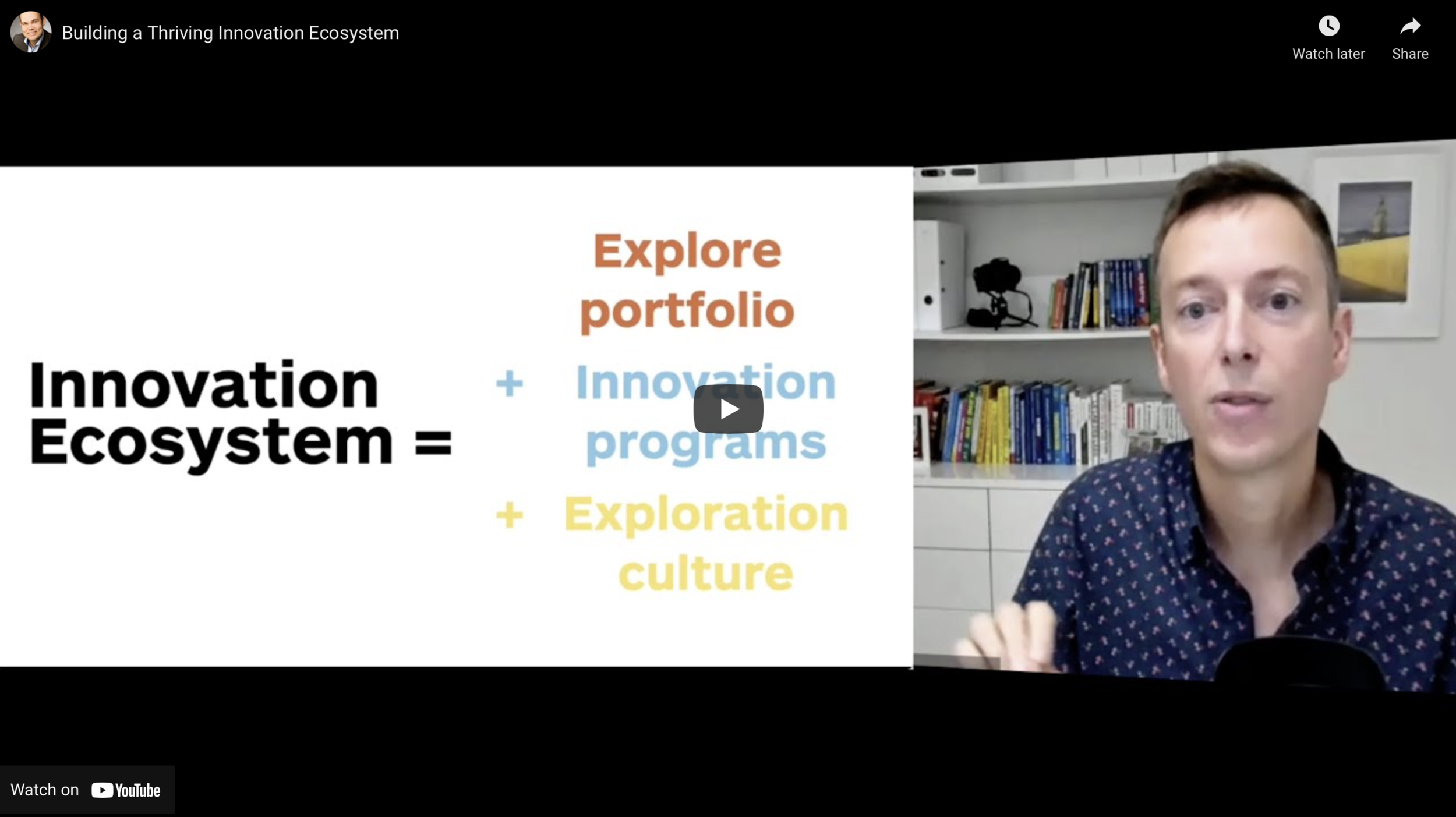Leadership support for innovation needs more than good intentions
Despite their best intentions, attempts by senior leaders in large organisations to set up a thriving innovation capability can end up in bitter disappointment. In this blogpost I outline the five acts of an innovation drama I’ve seen unfold too many times.
So take your seat for CORPORATE INNOVATION: a classic innovation drama coming soon in a large organisation near you.
Act 1: honey moon
A boardroom somewhere in corporate Europe.
Corporate innovation is launched with high enthusiasm and expectations. A corporate innovation department is set up. A budget is allocated. But innovation won’t stop at the door of the corporate innovation department. All employees will be called upon to contribute their ideas for new products, services and businesses. And leaders will support this new endeavour. An update to the company’s mission statement has just been approved to now include the word “innovation”.
Expectations are high. Growth and transformation are just around the corner!
Act 2: best intentions
Boardroom. A year later.
Despite high enthusiasm around corporate innovation, there’s only a small number of innovation projects in the explore portfolio. None of those projects are really transformative at this stage. But because they want to be supportive and keep the innovation flame alive, leaders invest in projects that should be stopped. And as only projects with large budgets are taken seriously in the organisation, they over-invest in projects that quickly become too big or prestigious to fail.
Act 3: fear of failure
War room of an innovation project. The day after their pitch to the Innovation Board.
“You cannot fail” is the implicit message that the innovation team has been receiving in the Innovation Board meeting. The substantial investment the Board made in their project now raises the expectation even more.
The team internalises this message. Fear of failure leads this team to abandon the exploration of truly transformative aspects of their idea and recalibrate to a safer play.
With a similar pattern happening in every other innovation project, the whole innovation portfolio slowly shifts towards less risky “efficiency” innovation.
Act 4: stuck
Corporate innovation department. 18 months after set-up.
The corporate innovation department is assessing the state of their explore portfolio. In the first cohort of innovation projects, a few have now concluded. They delivered mostly incremental improvements with limited impact on revenues. Even more worrying, some large, overfunded zombie projects are now cluttering the portfolio. The corporate innovation team members seem burned out and incapable to lead the next charge.
Discussions with the executive team to launch another ideation campaign and another cohort of innovations projects are stalling. Growth and transformation seem to go further and further away.
Act 5: dismantled
Boardroom. 24 to 36 months after set-up of corporate innovation department.
Disappointment has grown within the executive team. Corporate innovation is consuming too much resources and energy for too small an outcome. Would precious resources not be better spent on the core business? Frustration is palpable in the leadership team meeting. The Chief Operating Officer proposes to pull the plug on the corporate innovation program(s) and after a short debate her recommendation is approved.
THE END
Leadership support is a critical component to build a thriving innovation ecosystem. But the best intentions are not enough. As outlined in the above story, the best intentions can sometimes trigger a diabolical vicious circle that is hard to escape.
We have recently used the above story in a workshop with the Board of Management of a large European Bank. Given their ambitious corporate innovation objectives, we used this “vicious circle” as a way for leaders and board members to reflect on the state of innovation in their organisation today, and better prepare for the corporate innovation journey ahead by identifying potential blind spots on the requirements for world-class innovation. This type of workshops can give leaders awareness of signs of a vicious circle to watch for.
Of course, it is possible to avoid the bitter end of that story and put in place the elements of a virtuous circle towards a thriving innovation ecosystem. Some of the principles that lead to a virtuous circle may sound counterintuitive to leaders at first. Hence the need to have time to discuss them in detail in a workshop. For instance, killing the vast majority of ideas in a large innovation portfolio might seem wasteful and ruthless. But it enables the development of a test and learn culture where failure is non-traumatic. In such an ecosystem more transformative ideas can be explored, which in turn dramatically increases the chances of delivering the transformative outcomes leaders expect.
For true leadership support, you’ll need more than good intentions. To develop a thriving innovation ecosystem, leaders will need the flexibility to switch to a different mindset, and the curiosity to master new exploration tools, processes and governance that lead to more transformative outcomes.
Even though the elements of this virtuous circle might feel strange and counterintuitive at first, leaders who embrace them will avoid the CORPORATE INNOVATION drama to unfold in their organisation, and replace it by a much better story, one that ends with long-term resilience enabled by a thriving innovation ecosystem.










